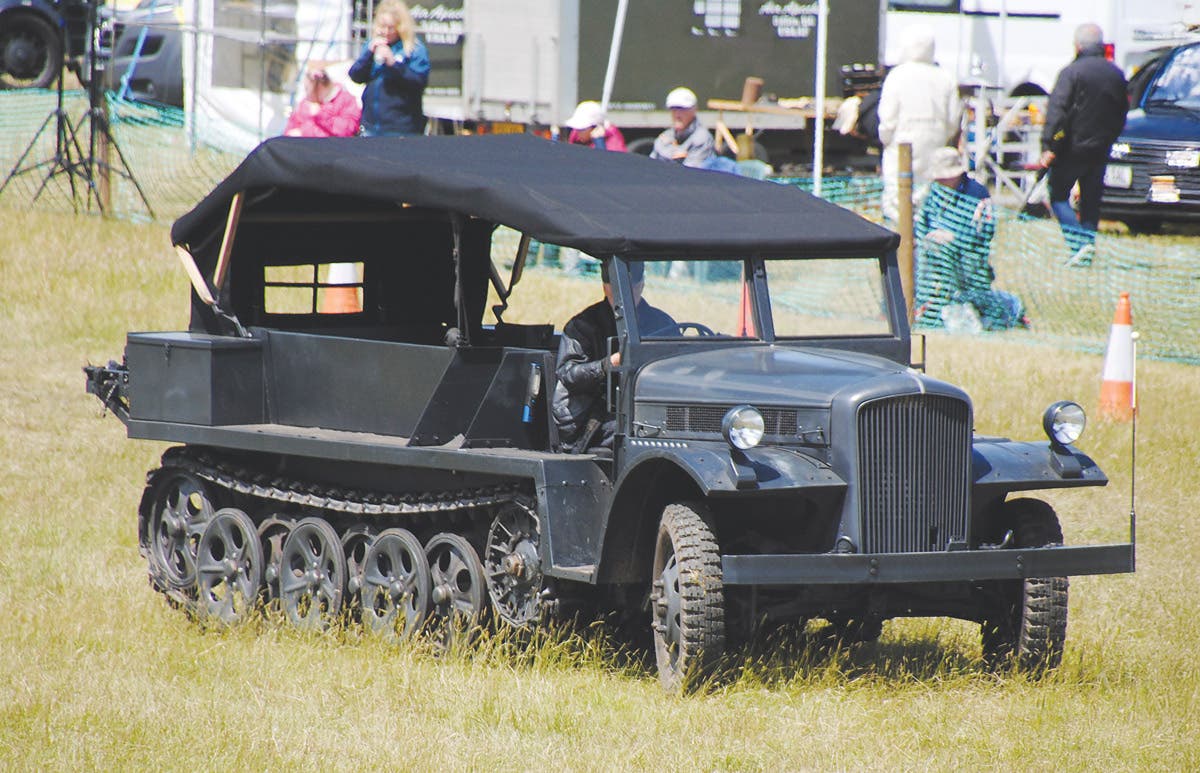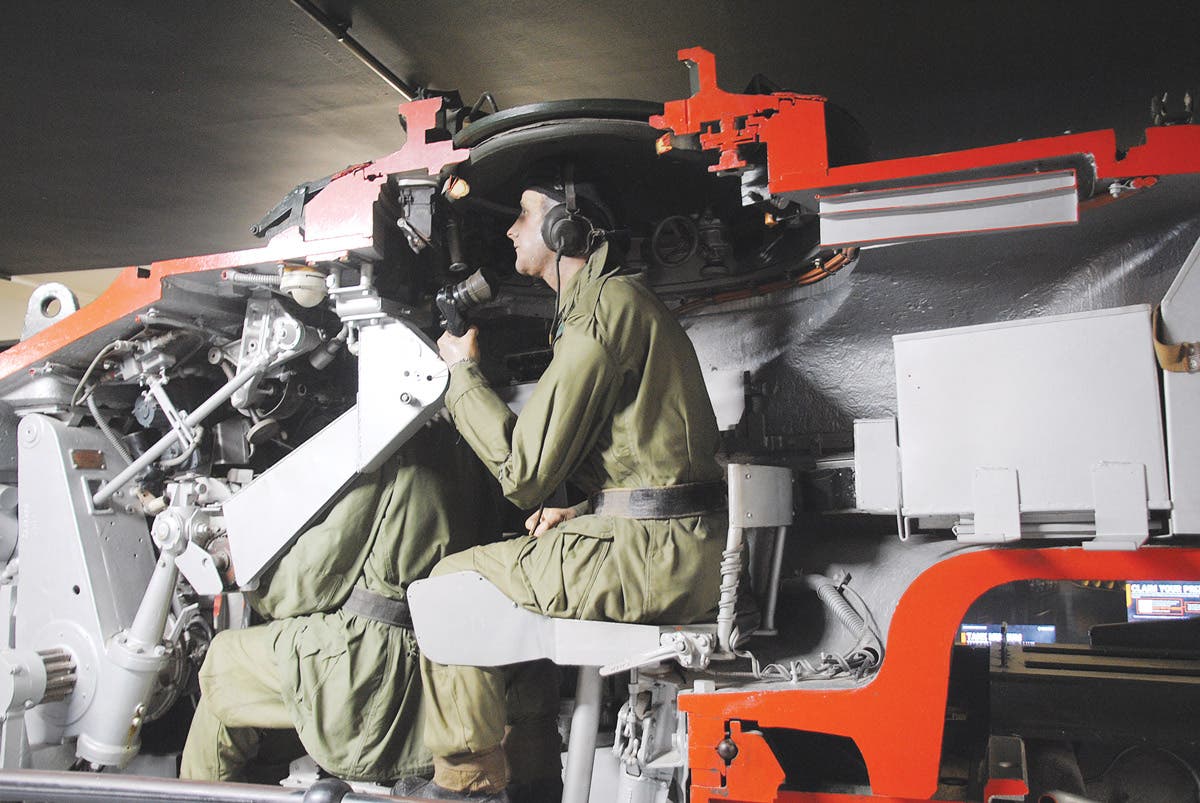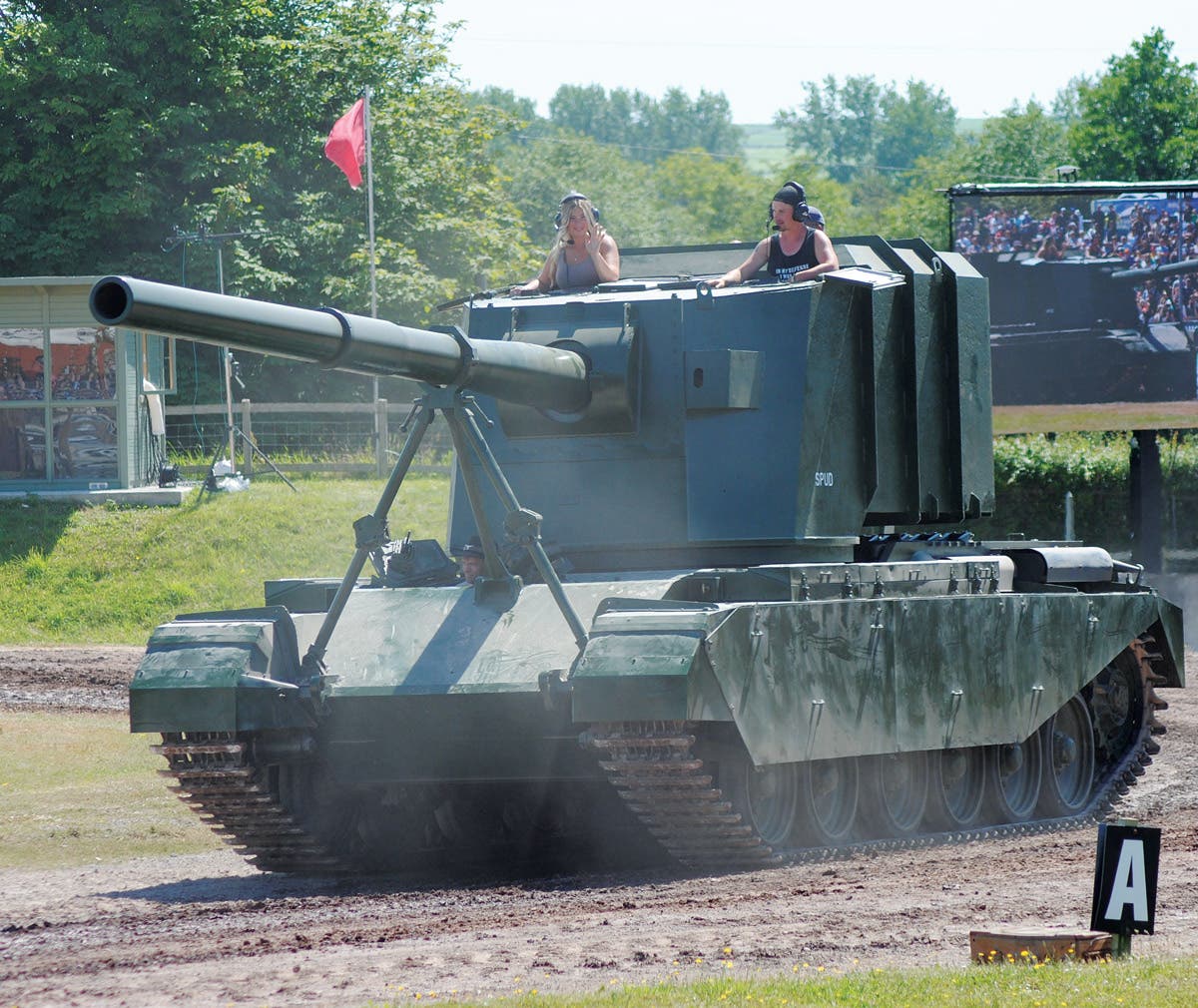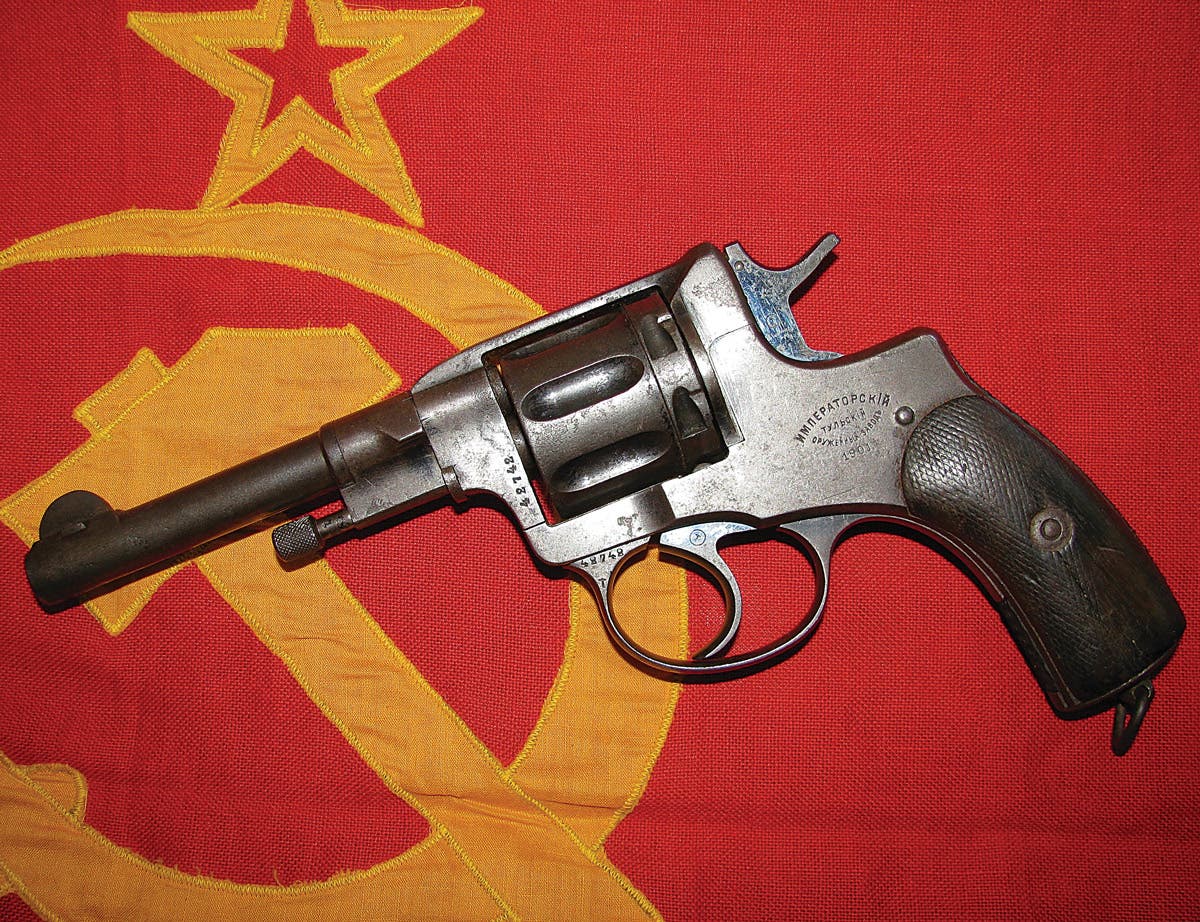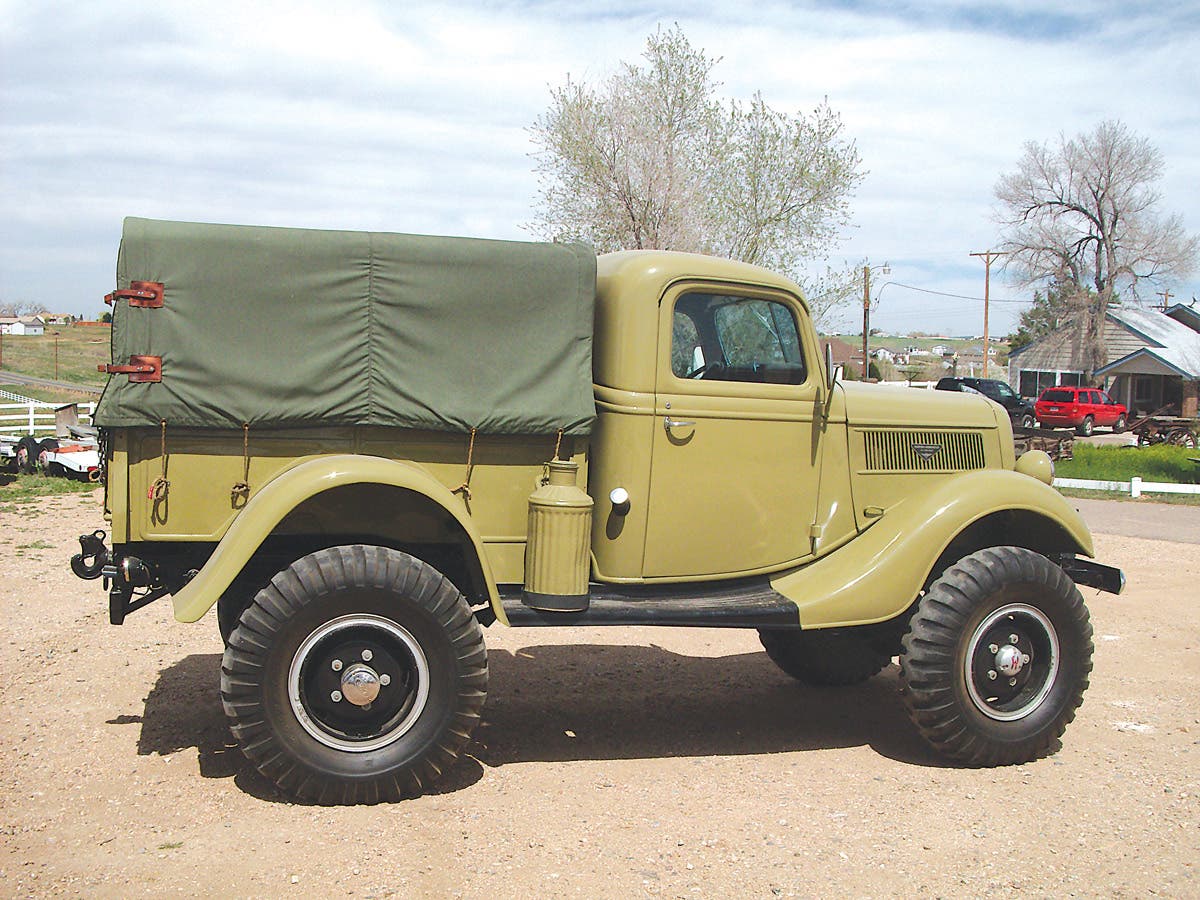Beach Find M170 Ambulance
This ain’t no “dune runner” by Gary Keating When I was young, my family had been vacationing at Cape Cod, Massachusetts, for years. I remember once when I was taking…
This ain’t no “dune runner”
by Gary Keating
When I was young, my family had been vacationing at Cape Cod, Massachusetts, for years. I remember once when I was taking a dune ride with my dad and my brothers out into the National Seashore and beaches to see a beached dead whale. Dad warned me to stay on “this side” of the dead whale. The smell was overpowering on the other. The vehicle we utilized for that dune trip was a Willys Jeep station wagon. Quite likely, it was the first Jeep in which I rode.
When I became older and was able to drive, I continued visiting Cape Cod. In the early 1970s, I bought my first Jeep — a 1971 4-cylinder CJ5. Finding it not suitable for a daily driver,I bought a 1974 CJ5 with a V8 a few years later. This vehicle made many trips to the Cape and was used for over-sand trips through the National Seashore and the inner and outer dunes. It also took me to California for the Jeepers Jamboree over the Rubicon, as well as to many other Jamborees throughout the northeast.
As my interest in “Jeep” became more focused and took a more historical perspective, I increased my Jeep collection with a basically stock and unmolested 1949 CJ3A. Soon, collecting Jeep memorabilia, toys, and paper became a big part of my Jeep hobby.
The first Jeep I restored was that 1974 CJ5. I knew it was time to restore it after the roll bar fell through the wheel well onto the tire! I used a local body shop for professional metal work. I did the disassembly and reassembly in a garage. The Jeep got a NOS body and T-18 transmission. After all of the work, it served me very well as a daily driver.
The next Jeep that came my way was an M38. The Jeep had been used by the local fire departments as well as Civil Defense. When found it, the Jeep was in sad shape. Over several years, I restored that M38 in a garage, using the same body shop for metal repair and some paint. Again, I did all the disassembly and reassembly.
I have enjoyed owning and driving these vehicles. Regardless, Iwas always on the lookout for another project. I figured it would be some sort of “flat fender” Jeep — maybe an MB — if I was lucky enough to find a nice candidate.
After I got married, I built an oversized garage to hold my Jeeps and my wife’s car. We continued our trips to Cape Cod for vacations, visiting Provincetown, going on whale watches, antiquing, etc.
The Cape has always been a great place to spot military vehicles and Jeeps. It was on one of these trips to Provincetown that I saw the M170 sitting outside a mechanic’s garage. I made contact with the owner who filled me in on the vehicle history. The M170 was owned by the local marine specialties store and had been used as a beach runner. Now, it was for sale. At the time, I passed on it.
Several years passed, and each year, I would visit the garage.Each year, the M170 showed more signs of neglect from just sitting outside. The windshield was broken, it had flat tires, the paint was fading, and the body was developing rust.
By this time, I was deeply involved in Jeep history and was aware of how rare the M170 model was and how different it was to any other model. Its overall “look” had been growing on me. I checked in on it once again in 1996. This time, I talked price with the owner. We agreed on a price and the Jeep was mine. It wasn’t a flat fender, but it was a scarce vehicle and a historical piece on its own. I made plans to pick it up.
PROUD OWNER OF AN M170
A few weeks later, I was riding back up to Provincetown with a local car transport driver to pick up my new project. We arrived at the garage and saw the Jeep. It had a bunch of stuff piled in the back. I was informed that the Jeep’s owner had found several pieces in his warehouse that went with the Jeep and included them in the sale. With that, we loaded up the Jeep and took it home.
I had limited knowledge of the M170. I was surprised to find how little information is out there pertaining to this model Jeep. It seemedas if authors just skipped over the M170 when they wrote about Jeep models and history.
I soon learned how fortunate I was in finding this M170. Though it was rough, it had little rust overall. The fenders had dents in the front and rust in the seams, the hood was dented, and the body had some rust where the floor met the sides at the front of the body. The Jeep had belonged to the Marine Corps based on the data plate on the dash.
I took stock of what the past owner had included in the sale. This included the upper litter rack, a worn and torn top with side curtains and doors, a reel light, and side cushions. All in all, it seemed like a good starting point. I soon collected all the manuals I would need for the M170 and began to learn all I could about the this particular model. From looking at the pictures in the manuals and on the internet, I also made a list of what I was missing to make the M170 a complete ambulance
The first thing I decided to do was see if the engine was able to run. It turned over by hand, but that was all I knew. I changed the fluids and checked over the engine and wiring. Using the batteries from the M38, I attempted to start the Jeep. After a few sputters, it started up and idled, but stumbled upon acceleration when trying to test the drivetrain. All of this helped me answer the main question I had regarding this vehicle — I decided that it would undergo a complete restoration back to ambulance configuration.
THE WORK BEGINS
I disassembled the vehicle down to the frame. I carefully labeled and stored all parts and attaching hardware etc. in zip-lock bags, and boxes. I can’t stress this step enough. Keep parts and the hardware associated with them together and don’t throw anything out at this point.
After I sandblasted the body, hood, and front fenders, I dropped them off at the body shop for needed repairs. This type of work was beyond my ability and worth having it done right.
As this was being done, I had the frame sandblasted, then I primed and painted it. I went through the axles, suspension, and brakes and restored and replaced parts as needed.
One interesting aspect of the M170 is that the suspension incorporates body stabilizers (anti-sway bars) on the front and rear. Finding new rubber bushings was easier than I thought. The local parts store was able to find perfectly matched replacements.
The driveline was next with the tranny and transfer case opened and checked for wear and rust and new bearings installed. The wiring harness was complete and not rotted, so it waseasily cleaned up, repaired, and reinstalled.
I cleaned the engine and removed all attached parts to check over and repaint. I had the radiator cleaned and checked for leaks. I rebuilt the carburetor and found that the ball and weight was missing. This might have caused the poor acceleration stumble.
After installing the driveline, I moved on to all the small body and interior parts that needed cleaning, repair, and painting. I used a cabinet sandblaster to clean all the small parts.
When the body, hood and fenders were finished, all that was left was to place the body on the frame and begin the reassembly. As I cleaned, repaired, and repainted each part, I installed it back on the vehicle.
When it came time to find and purchase the parts I was missing to complete the ambulance, I soon learned how pricey it can be. Luckily, I didn’t need very many parts, thanks to the past owner throwing in some of the hard-to-find pieces. I tracked down the two lower stretcher racks, a new old stock (NOS) top with side curtains, two wheel well top cushions, and five wheels with Goodyear tires.
It sounds easy and quick, but the restoration took the best of two years. I was lucky I didn’t run into any real major setbacks or roadblocks during this restoration.
When the M170 was ready, it started up, ran well after some adjustments, and I was able to consider the restoration as pretty much complete (if that’s ever really the case!). First aid kits, medical items, blankets, decals, correct straps, etc. would be added through the years.
SO WAS IT WORTH IT?
While my interest and emphasis in Jeep history tends to still focus on the early flat fender models, the M170 has opened my eyes. I still have a CJ3A, CJ3B, and M38 as well as having owned two CJ5s. I enjoy driving and showing all of them in addition to plowing the snow in the 3B,
Regardless, I have developed some interesting thoughts on the M170. During my travels, I have found that the M170 seems to stand out among other Jeeps, whether in a parade or show line. The long wheelbase, bright crosses on the top and sides, and the ambulance features help distinguish it as something unique. The fact that it’s an ambulance really makes an impact on adults and kids, alike.
To those of us who have spent any time riding in or driving older Jeeps know that the ride is, to say the least, bumpy. In all honesty, the ride is stiff and rough.
Riding in the M170, however, is smooth and comfortable. There is little to no body roll. The extended wheelbase and soft suspension with dual stabilizers really makes driving the M170 a very pleasant experience. The extended wheelbase also helps in a lot of off-road situations, even though the ground clearance is the same as most other Jeep models of the era.
While most Jeeps are small with limited space to carry cargo,the extended body of the M170 provides a lot more room for carrying supplies. It will even seat up to 8 people in a pinch.
In the end, the M170 is much more than an extended M38A1. There are so many differences and parts between the two models that are not interchangeable, such as seats, wiring harness, temperature gauge, suspension, emergency brake cable, windshield, tailgate, and gas tank to name a few.
The M170 was produced in limited numbers totaling around 6,500 or so and also served as a radio platform, a personnel carrier, and even as a very specialized radio model M170C XT-2 with metal hardtop, and sides and doors. By some accounts, there was even a gun mount, but I have not seen any photographic or documented proof on a gun mount version. The M170 was also the basis on which the civilian jeep CJ6 was modeled.
To have a completed M170 is an uncommon thing. I have been gathering photos from the internet of extant M170s (estimated at around 350). Most arein very poor shape, missing the specialty parts, and/or are heavily modified. Very few are restored to any degree. The M170 and variants are very rare Jeep models. They are not seen very often and deserving more recognition for its place in Jeep history.




